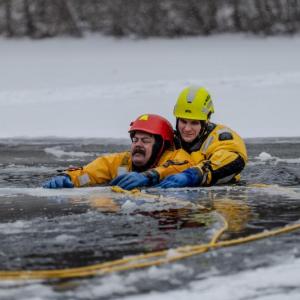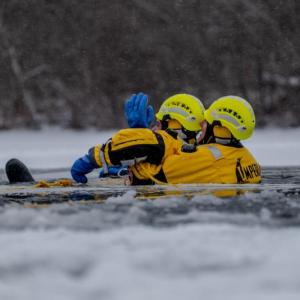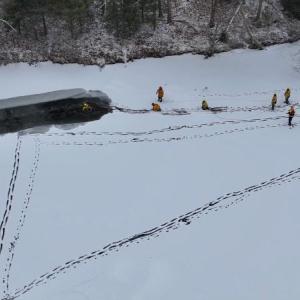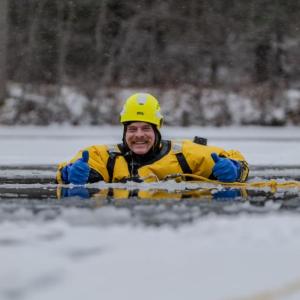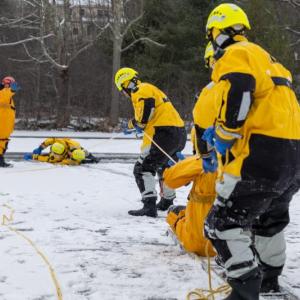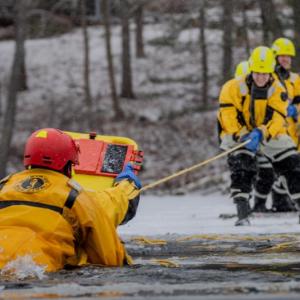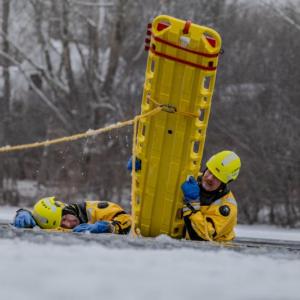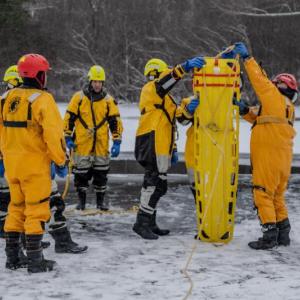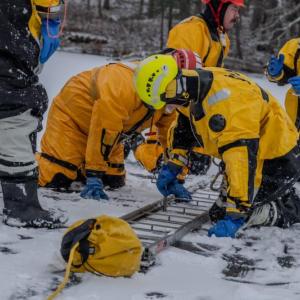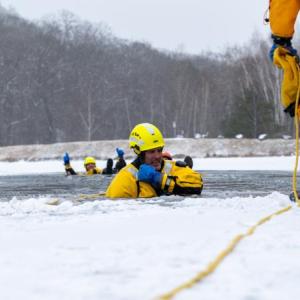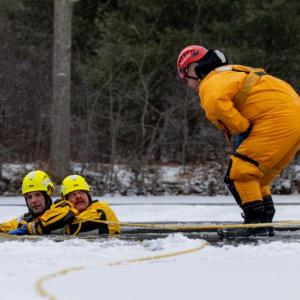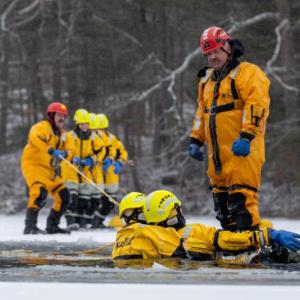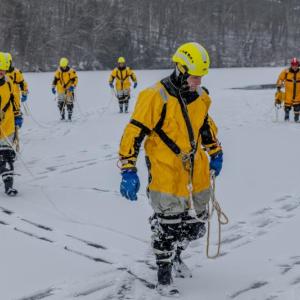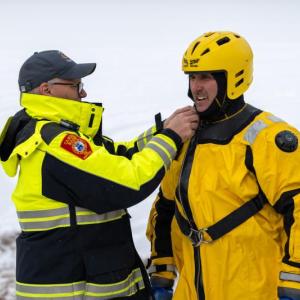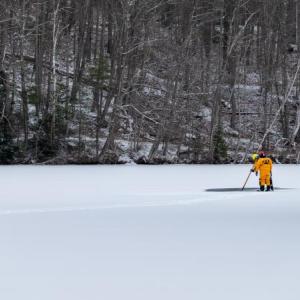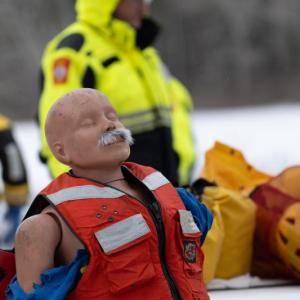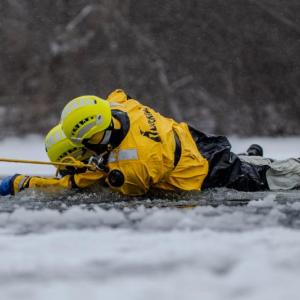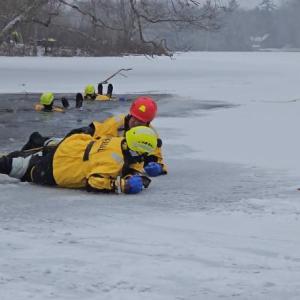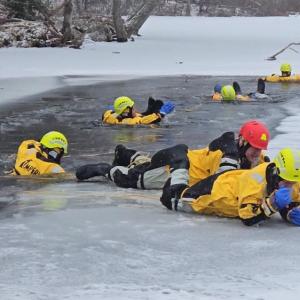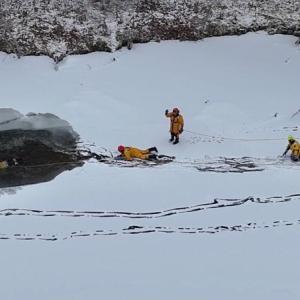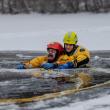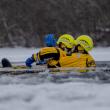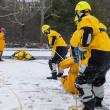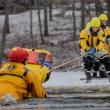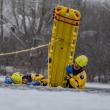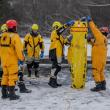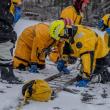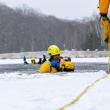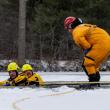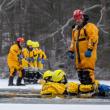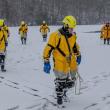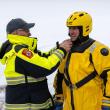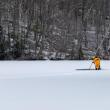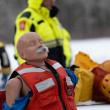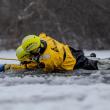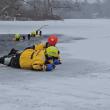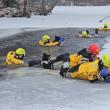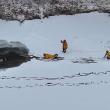Ice water technician training at Shirttail Point with Camden Fire Department
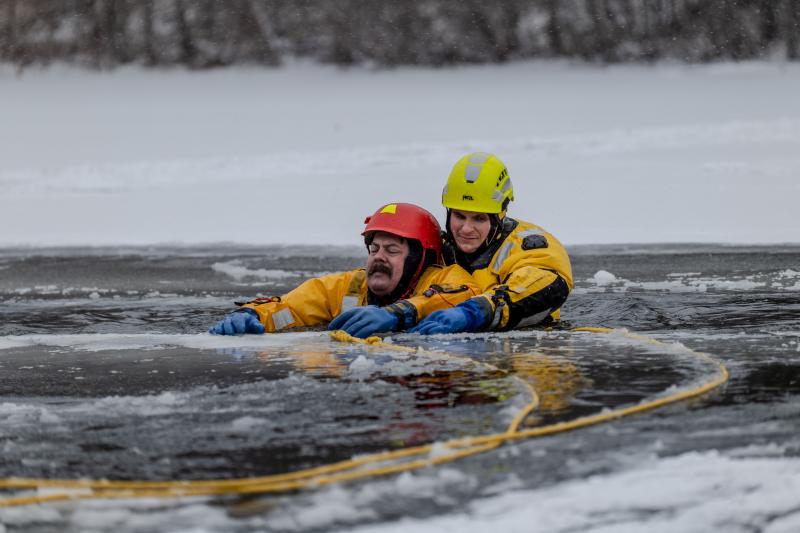 Camden ice water rescue training, Jan. 11, 2025. (Photo courtesy Tim Beynart)
Camden ice water rescue training, Jan. 11, 2025. (Photo courtesy Tim Beynart)
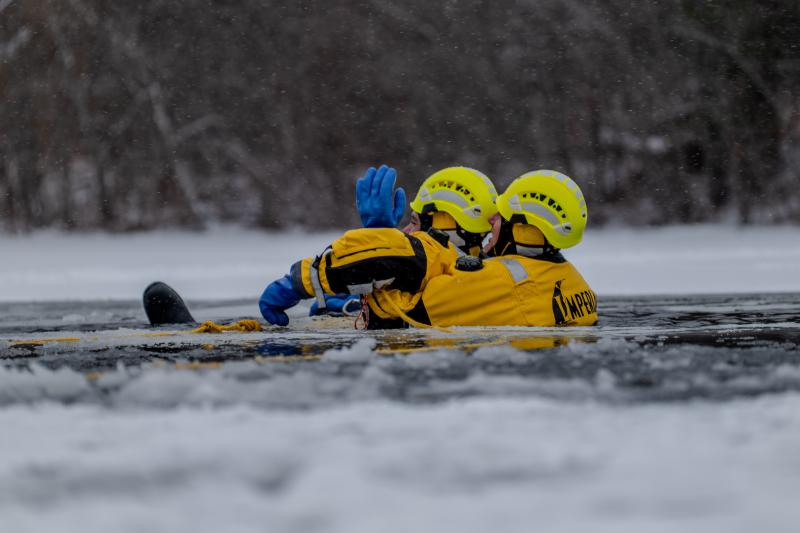 (Photo courtesy Tim Beynart)
(Photo courtesy Tim Beynart)
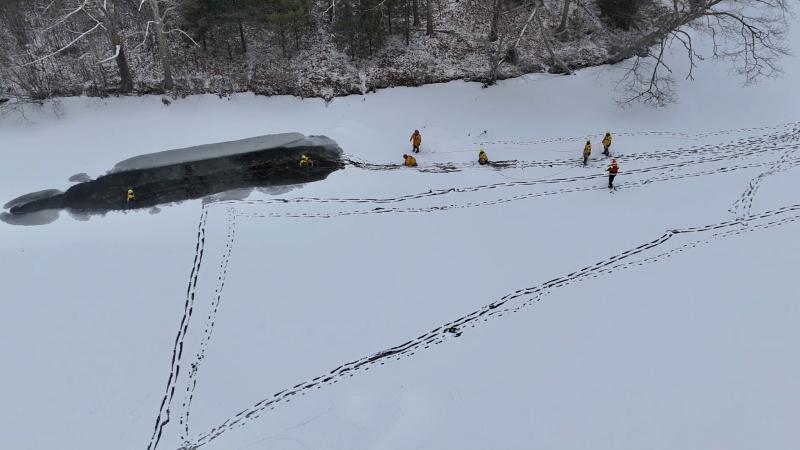 (Photo courtesy Todd Anderson)
(Photo courtesy Todd Anderson)
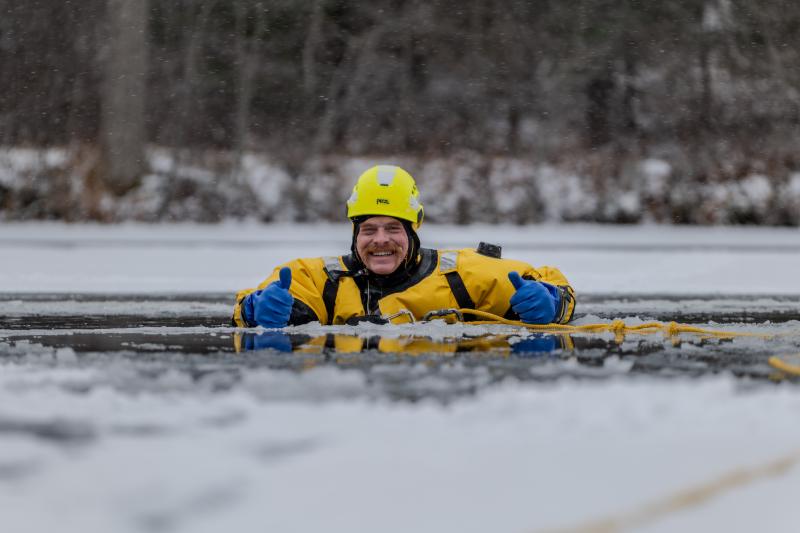 (Photo courtesy Tim Beynart)
(Photo courtesy Tim Beynart)
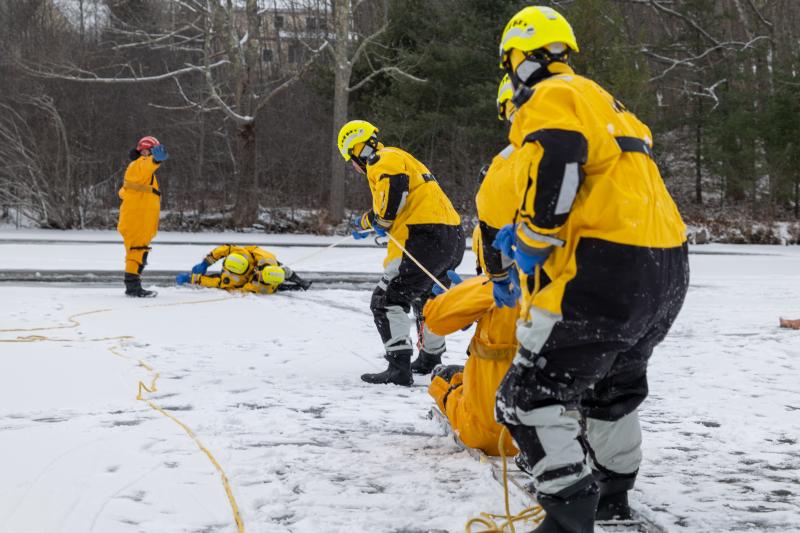 (Photo courtesy Tim Beynart)
(Photo courtesy Tim Beynart)
 (Photo courtesy Tim Beynart)
(Photo courtesy Tim Beynart)
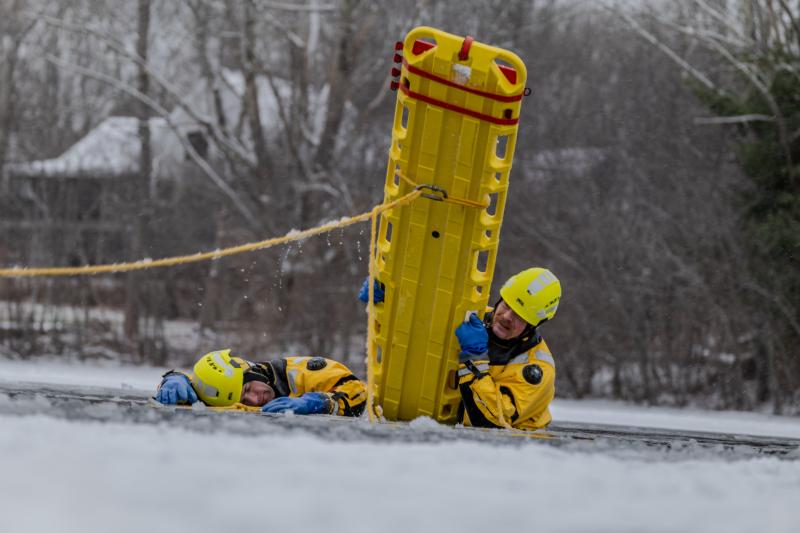 (Photo courtesy Tim Beynart)
(Photo courtesy Tim Beynart)
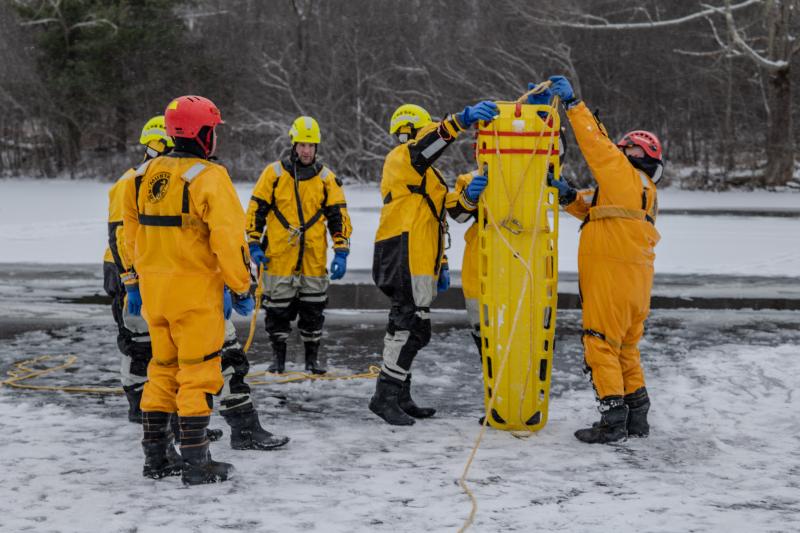 (Photo courtesy Tim Beynart)
(Photo courtesy Tim Beynart)
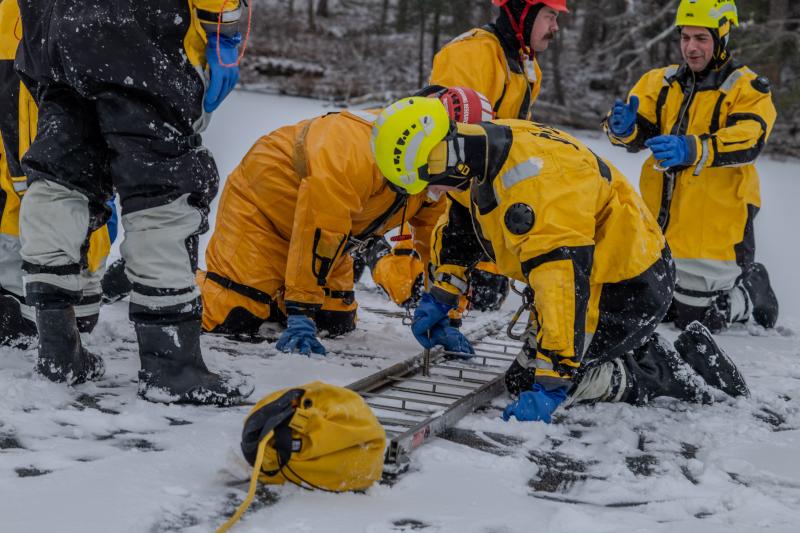 (Photo courtesy Tim Beynart)
(Photo courtesy Tim Beynart)
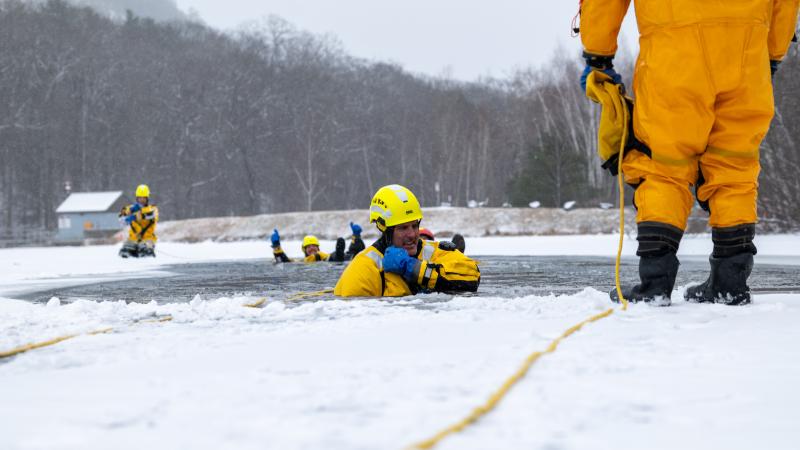 (Photo courtesy Tim Beynart)
(Photo courtesy Tim Beynart)
 (Photo courtesy Tim Beynart)
(Photo courtesy Tim Beynart)
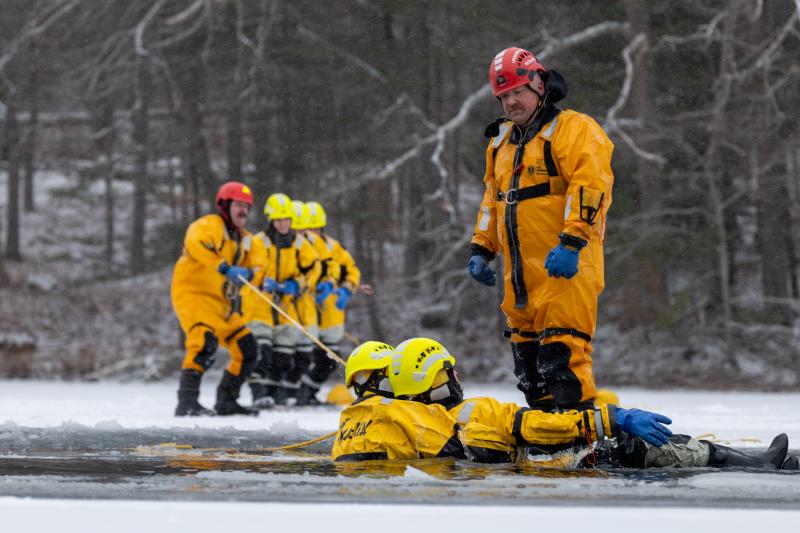 (Photo courtesy Tim Beynart)
(Photo courtesy Tim Beynart)
 (Photo courtesy Tim Beynart)
(Photo courtesy Tim Beynart)
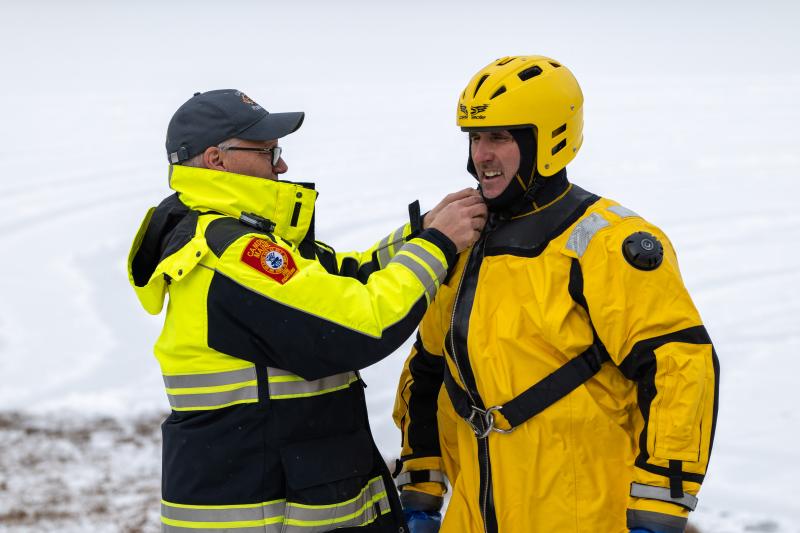 (Photo courtesy Tim Beynart)
(Photo courtesy Tim Beynart)
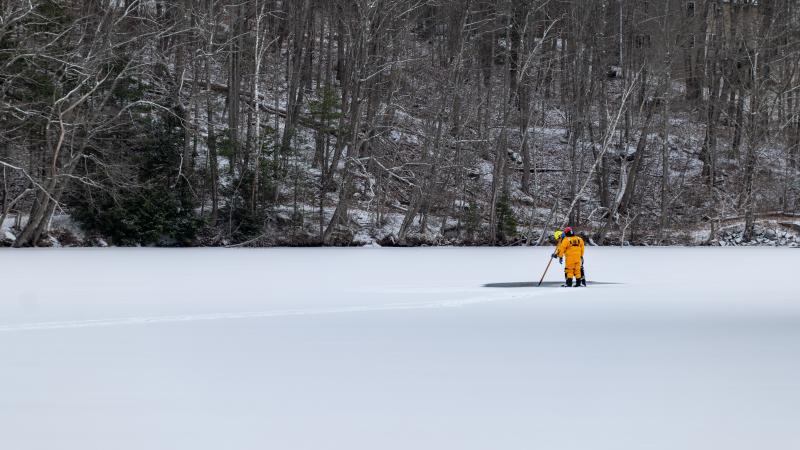 (Photo courtesy Tim Beynart)
(Photo courtesy Tim Beynart)
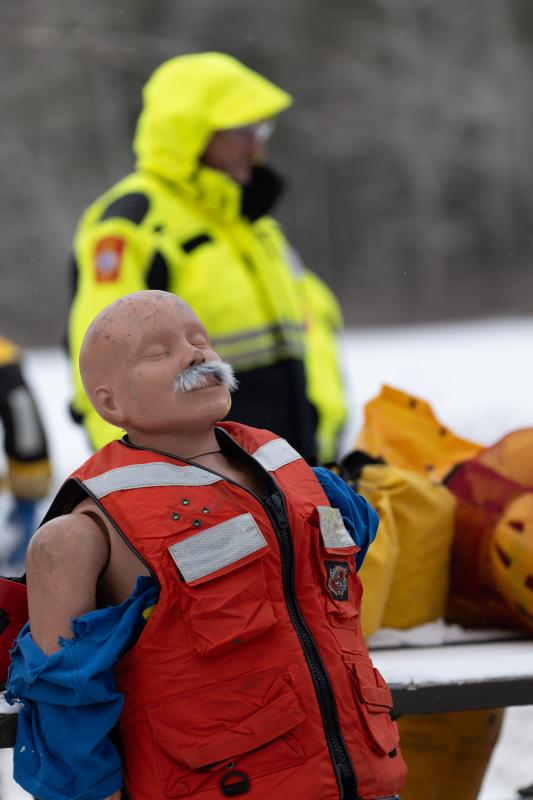 (Photo courtesy Tim Beynart)
(Photo courtesy Tim Beynart)
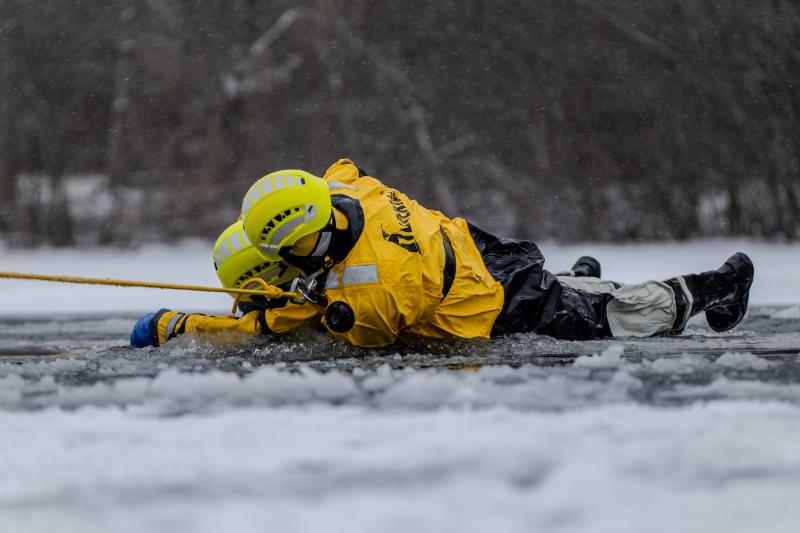 (Photo courtesy Tim Beynart)
(Photo courtesy Tim Beynart)
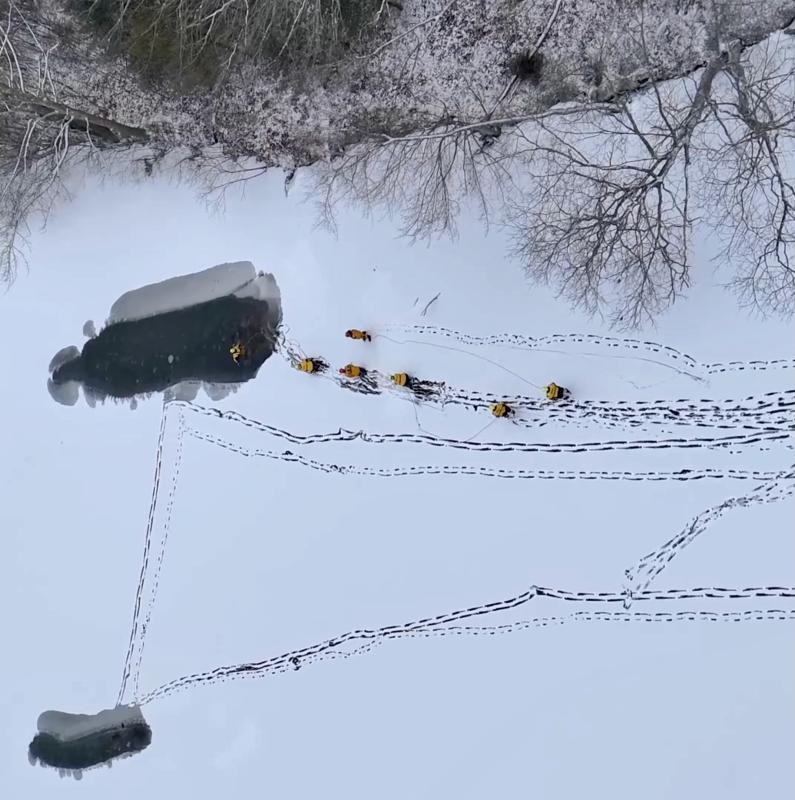 (Photo courtesy Todd Anderson)
(Photo courtesy Todd Anderson)
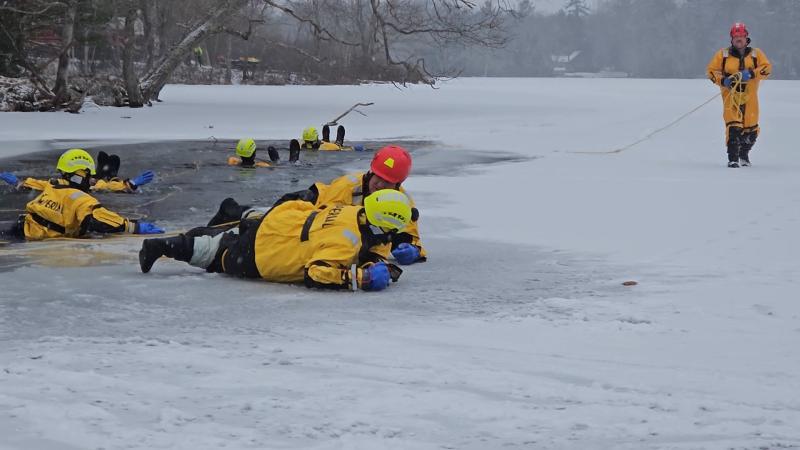 (Photo courtesy Todd Anderson)
(Photo courtesy Todd Anderson)
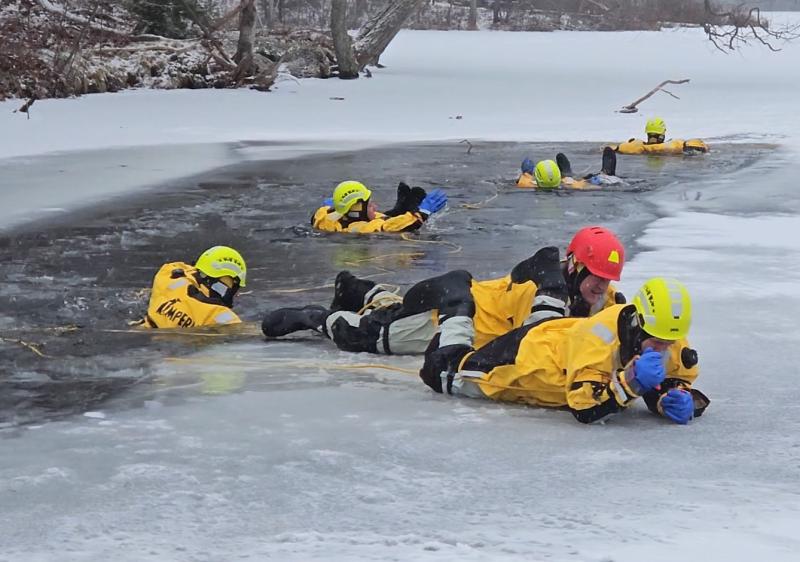 (Photo courtesy Todd Anderson)
(Photo courtesy Todd Anderson)
 (Photo courtesy Todd Anderson)
(Photo courtesy Todd Anderson)
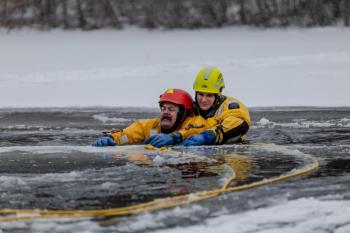 Camden ice water rescue training, Jan. 11, 2025. (Photo courtesy Tim Beynart)
Camden ice water rescue training, Jan. 11, 2025. (Photo courtesy Tim Beynart)
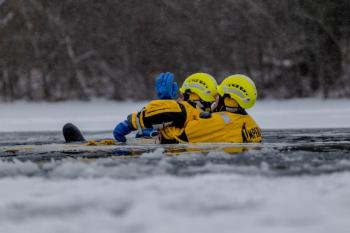 (Photo courtesy Tim Beynart)
(Photo courtesy Tim Beynart)
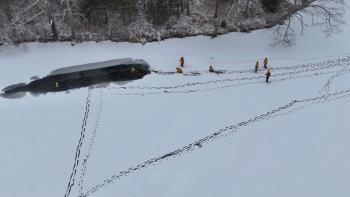 (Photo courtesy Todd Anderson)
(Photo courtesy Todd Anderson)
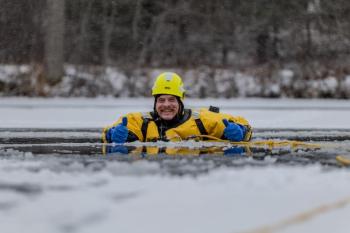 (Photo courtesy Tim Beynart)
(Photo courtesy Tim Beynart)
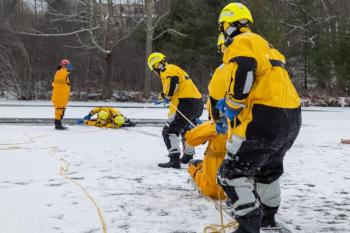 (Photo courtesy Tim Beynart)
(Photo courtesy Tim Beynart)
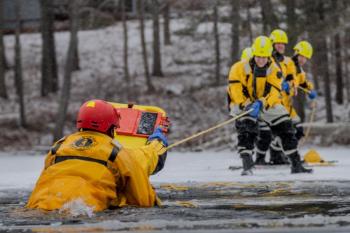 (Photo courtesy Tim Beynart)
(Photo courtesy Tim Beynart)
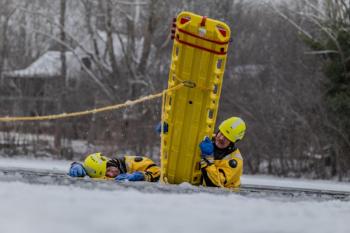 (Photo courtesy Tim Beynart)
(Photo courtesy Tim Beynart)
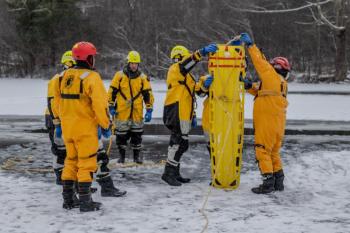 (Photo courtesy Tim Beynart)
(Photo courtesy Tim Beynart)
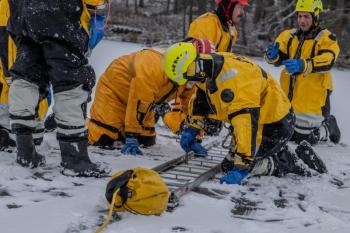 (Photo courtesy Tim Beynart)
(Photo courtesy Tim Beynart)
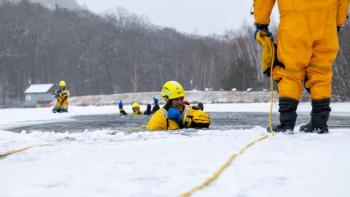 (Photo courtesy Tim Beynart)
(Photo courtesy Tim Beynart)
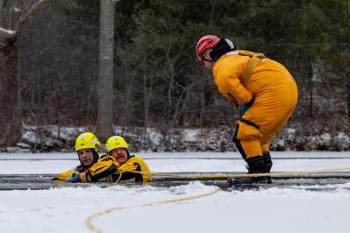 (Photo courtesy Tim Beynart)
(Photo courtesy Tim Beynart)
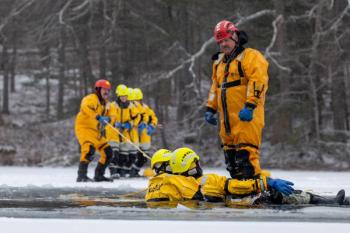 (Photo courtesy Tim Beynart)
(Photo courtesy Tim Beynart)
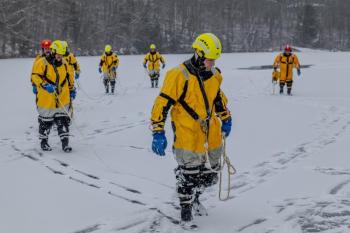 (Photo courtesy Tim Beynart)
(Photo courtesy Tim Beynart)
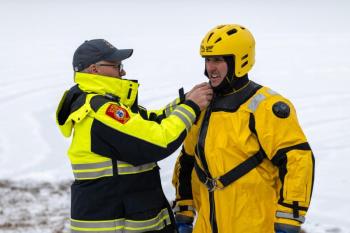 (Photo courtesy Tim Beynart)
(Photo courtesy Tim Beynart)
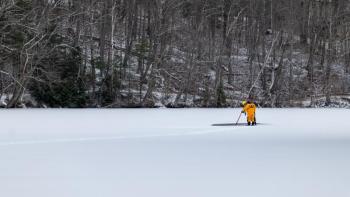 (Photo courtesy Tim Beynart)
(Photo courtesy Tim Beynart)
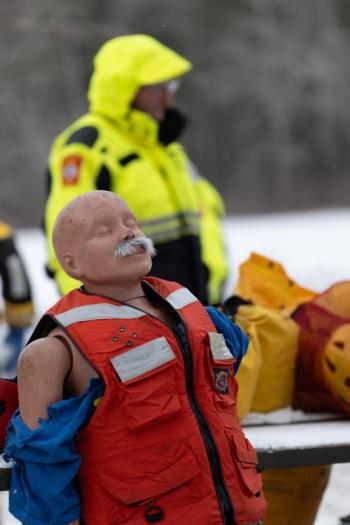 (Photo courtesy Tim Beynart)
(Photo courtesy Tim Beynart)
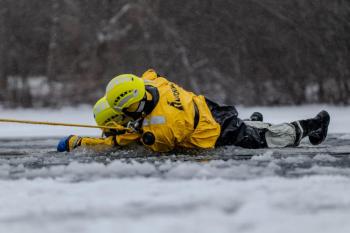 (Photo courtesy Tim Beynart)
(Photo courtesy Tim Beynart)
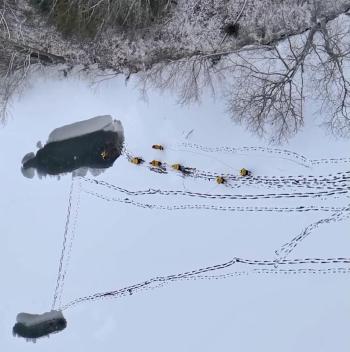 (Photo courtesy Todd Anderson)
(Photo courtesy Todd Anderson)
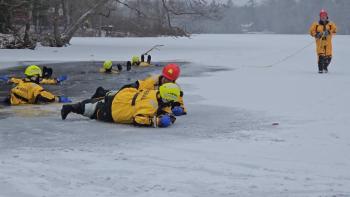 (Photo courtesy Todd Anderson)
(Photo courtesy Todd Anderson)
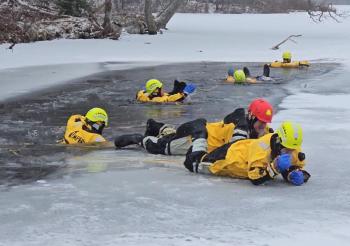 (Photo courtesy Todd Anderson)
(Photo courtesy Todd Anderson)
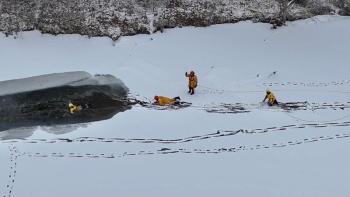 (Photo courtesy Todd Anderson)
(Photo courtesy Todd Anderson)
With temperatures in the low 30s and light snowfall, the Camden Fire Dept., along with a few members of Rockland and St. George fire departments, climbed into insulated ice water rescue suits and spent more than four hours training in Megunticook Lake waters near Shirttail Point. There, they practiced how to rescue humans, pets, large animals and even larger wildlife — all who periodically break through ice and suffer in ice cold water.
Rockland Fire and EMS Lt. Ben Adams led the Ice Water Rescue Technician training, first with a three-hour morning classroom session that covered principles of cold water rescues, emergency medical assessment and treatment of victims, techniques for effectively using equipment, and how to employ life saving measures.
After lunch, the class split into two groups and each spent 2.5 hours in immersion suits, safely entering and helping each other out of the water with various pieces of equipment, including a ladder and back board.
Aa lakes and ponds freeze over, there remains the danger of pockets of open water, and weak ice.
"With the abundance of winter recreational activities and locations in the area, Camden Fire and our mutual aid partners practice these skills to be better prepared during an emergency," said Camden Fire Chief Chris Farley. "We always recommend checking ice thickness before wandering on to a frozen lake or pond."
Maine Inland Fisheries and Wildlife Agency advises the public to always check the color and thickness of ice before stepping onto it, either to skate, fish or explore.
“Thick and blue, tried and true. Thin and crispy, way too risky," IF&W says.
"Knowing how to read ice color is a useful indicator of ice health, though color alone cannot guarantee 'safe' ice," the state agency said.
IF&W outlines what to assess:
"Light gray to dark black – Melting ice, this can occur even if the air temperature is below 32 degrees Fahrenheit (0 degrees Celsius). This ice is not safe, it will be a weak density and cannot hold weight, STAY OFF.
"White to opaque – This is water-saturated snow that froze on top of the ice which forms another thin ice layer. This can often lead to air pockets from being so porous.
"Blue to clear – High density, very strong, safest ice to be on if thick enough, you should stay off if under 4 inches (10cm) thick.
"Mottled and slushy or 'rotten' ice – when judging this type of ice, it won’t be so much the color but the texture. You can tell by the ice thawing and slushy. This type of ice can be deceptive as it might seem thick at the top, however it is “rotting” away at the center and base. Most prevalent to see this kind of ice in the spring, it may even show signs of mud, debris, and plant matter surfacing from the bottom of the water body.
"No matter what color the ice is or how sure you are of the strength you should check by using an auger, chisel, or an axe to determine that it is at least 4-6 inches thick. Start at the edge and check continuously as you move away from shore. If the ice at the shoreline is cracked or squishy, you should stay off. Don’t go on the ice during thaws and watch out for thin, clear or honeycomb shaped ice. Dark snow and dark ice are other signs of weak spots."
Chief Farley emphasizes the warnings.
"As well, be vigilant for changing ice conditions," he said. "Unfortunately, last winter, we had to use these skills when two dogs went through the ice and drowned on Lake Megunticook. We practice these skills to be ready, as the saying goes, 'Hope for the best. Prepare for the worst.'"
Make note of any inlets, outlets, currents, bridges, culverts, and other potential hazard areas when choosing an ice fishing or ice recreation location.
When possible, stick to small sheltered bodies of water. Rivers and lakes are prone to wind and wave action, which can break ice up quickly. Avoid areas with currents, around bridges, pressure ridges, or inlets and outlets. Moving water can lead to unstable ice. If fishing or recreating on a river, the river bends are usually weaker as well due to the faster current.
New ice is stronger than old ice, though it never forms uniformly. It might be 12 inches thick in one spot but 20 feet away could be only two or three inches.
"It’s better to be safe when dealing with ice, if you don’t know, don’t go. It isn’t worth the risk." — IF&W
From the National Weather Service:
COLD SHOCK
Gasping for Breath & Rapid Breathing (2-3 Minutes or More)
Cold Water Immersion can trigger involuntary gasping, rapid breathing or hyperventilating due to the “shock” of sudden immersion. This uncontrolled rapid breathing can quickly create a drowning emergency if you inhale water and cannot stay afloat.
Heart and Blood Pressure Problems
Cold water can cause a sudden spike in heart rate and blood pressure. This increase can cause heart failure and stroke for vulnerable people.
Cognitive Impairment
Cold shock can cause an immediate panic, fear or stress reaction that then impairs clear thinking and decision making. Extended exposure and the onset of hypothermia can further hamper cognitive ability and the ability to choose the right actions to avoid severe injury or death.
PHYSICAL INCAPACITATION
Physical incapacitation is a loss of muscular control in the arms, legs, hands and feet, and the impact can be felt within seconds of entering cold water. The longer the exposure, or the colder the water, the more severe the impact can become. With a loss of muscular control to keep your head above the water, along with the lack of a lifejacket or floatation device, drowning will become inevitable. Symptoms may include weakness, exhaustion, and an inability to control fingers, hands, arms or legs. The progressive loss of muscular control makes staying afloat without assistance or self-rescue virtually impossible.
HYPOTHERMIA
The onset of hypothermia begins with a core body temperature to 95F (35C). Beyond the initial dangers of cold shock in the first 1 – 3 minutes of immersion a person’s body temperature will continue to drop increasing the risk of drowning or death. As the core body temperature continues to drop the impairments to physical and cognitive ability also increase until drowning or death without rescue become inevitable.
If you get yourself or help someone else escape from cold water, get into a warm, dry, protected environment as quickly as possible. Even removed from cold water a victim’s core temperature can continue to drop to dangerous levels.

